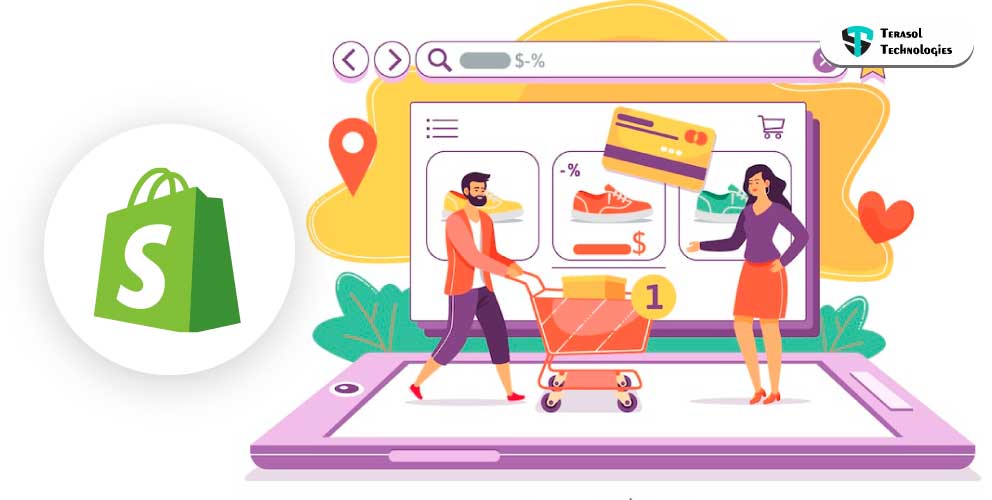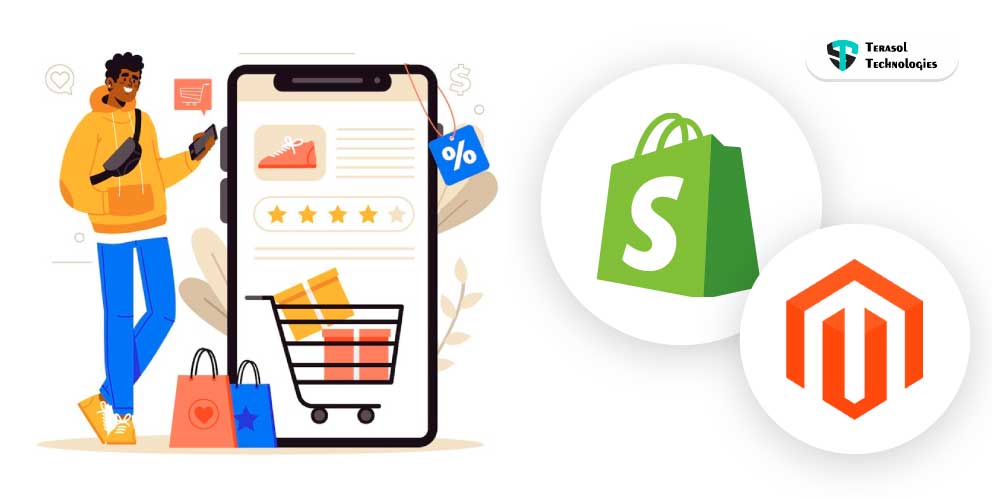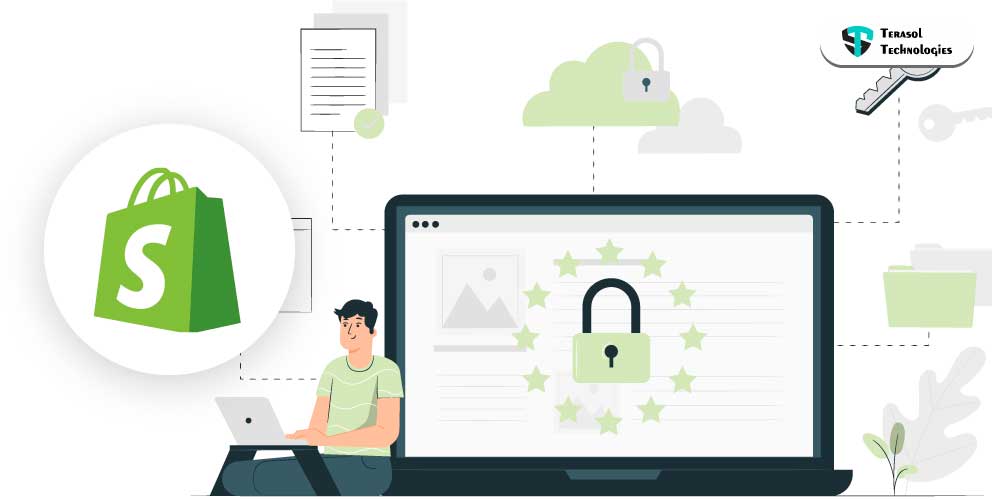Shopify 2.0- Overview and 15+ Best Features
Who does not love shopping at all in one place? On that, anyone can be a seller themselves with amazing online stores.
Due to significant technology improvements and the growing demand for online commerce, Shopify has progressed from a dark horse to a front-runner in the e-commerce world.
And it keeps on getting bigger and better with Shopify 2.0!
Shopify is a well-known e-commerce platform that helps businesses create best-in-class consumer experiences and provides a development team to help them achieve their objectives.
Take a deep breath and exhale slowly. We're going to slam you with more information!
According to data reports, more than 450 million people will have used Shopify by 2020. Shopify had total revenue of $977.7 million in the fourth quarter of 2020.
Also, Shopify has over 1.75 million retailers.
Shopify surely knows how to play the game of purpose. This success is massive because it continues to address the needs of its clients by regularly providing new and interesting features aimed at improving merchants' selling experiences.
At 2021 Shopify Unite, the entire Shopify community sang with delight, as the new features of Shopify Online Store 2.0 are set to transform the platform as we know it.
Here is a quick rundown of what Shopify 2.0 entails.
What is Shopify 2.0 for Online Stores?

Simply put, Shopify is an online store creation platform. It may be used anywhere with an internet connection because of its browser-based architecture. You don't need to install any software to use it, and you also don't need to buy hosting because it's a 'hosted' solution.
Developers working on Shopify themes and apps have a lot of new options with Online Store 2.0.
Online Store 2.0 is the most recent version of Shopify, and the main difference between this update and previous versions is the editor. It's the editor that makes building storefronts from scratch, adding theme extensions, and managing apps within themes a whole lot easier.
The new Shopify 2.0 is all-encompassing. With the new store and CMS development advancements, anyone can establish, scale, personalize, and monetize their own Shopify store.
Shopify 2.0— Brief Overview
As predicted, Shopify Online Store 2.0 was unveiled at its Unite Event on June 29, 2021.
By delivering a completely new set of developer tools, Online Store 2.0 has radically redesigned the store experience. It now allows developers to create a wide range of Shopify themes and apps. The reference theme Dawn, which is being developed as a new standard storefront theme, will be 35 percent faster than the existing default theme.
With the new editor, users can now consolidate all accessible functionality, create shops from the ground up, link theme extensions, and manage applications within themes. In addition, Shopify stated that it would reinvest in its infrastructure and developer tools.
Shopify's revamped online shop 2.0 raises the platform's profile among developers and IT giants. As seen, Netflix took advantage of early access to the platform and used it to establish — the company's first eCommerce store.
We'll look at these new tools and features in further depth in this article for better understanding.
Let's dive in!
Shopify 2.0- New Features & Tools
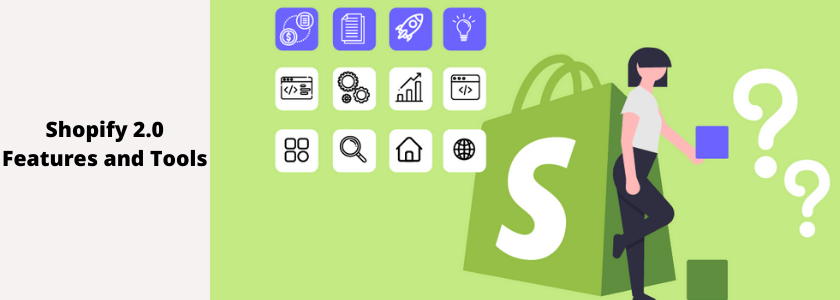
1. New theme Architecture- Shopify Sections are Available Everywhere
It is the most exciting new Shopify feature! Store owners will be able to effortlessly add blocks and sections to any portion of their website using Shopify parts everywhere. Adding sections to the site was the sole option in previous Shopify versions. You may now list all of a page's parts, blog articles, collection pages, custom pages, and much more.
2. Modularity in Applications
Another feature of Shopify's latest version is the ability to modularize apps. You can easily manage, work on, and host an app's supporting materials with Shopify's easy-to-use interface.
3. Metafields
Merchants may now add meta fields and properties to their products without needing to know how to code! You can now add any content to the product page, including additional information that may be useful to potential purchasers. Metafields, the file picker, now handles media like photos and PDF files.
4. API for Files
With the current Shopify version, the File API can create, update, and delete generic files, allowing merchants to reuse several apps. Furthermore, the GraphQL API added in this version makes it easier to upload or select existing media files via settings/files.
5. Better Checkout Experience
The checkout procedure will be significantly faster in Online Store 2.0, allowing any store to execute thousands of transactions per minute. It can now handle seven times the capacity and can be customized with extensions that allow new features to be added to previously inaccessible parts.
These checkout changes will also function with Shop Pay, giving businesses another distinct brand experience to go along with the internet's fastest payment system.
6. Loading Speed
One of Shopify's main objectives is to enhance loading speed, and all Shopify 2.0 layouts will now load faster.
7. Buy Now and Pay Later
The concept of "buy now, pay later" in Shopify 2.0, has recently gained a lot of traction. It allows customers to pay less up front, while merchants see an increase in conversions and average order values.
Customers can choose to pay in full now or in four interest-free installments later using buy now, pay later.
8. Settings for Liquid Inputs
The Liquid input setting has also been added to the theme editor. The HTML and Liquid settings are very similar. The only difference is that Liquid variables are now available. Merchants can use the global Liquid objects as well as template-specific Liquid objects. When adding code for apps using Liquid, the setting eliminates the need for merchants to manually alter the code of any theme.
9. Online Shopify Store with Customizability
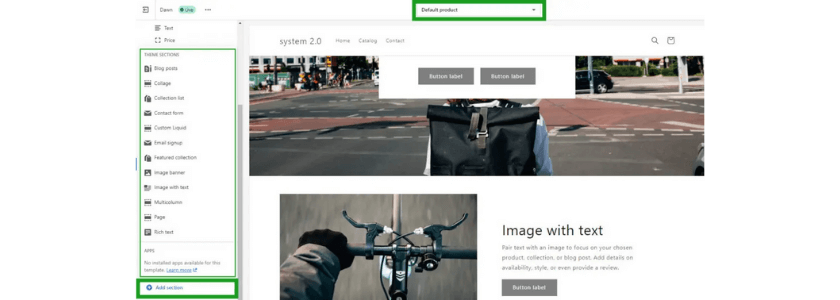
The new upgrade will provide merchants more creative freedom when building their Storefronts, allowing them to get started quickly without needing any "coding" knowledge. Because of the "max code" access, developers will have additional extensibility and customization options.
10. New Tools for Developers
The new developer tools that come with the new Shopify version open up a world of possibilities for creating new applications and themes for your business. You'll be able to create new apps and test, develop, and deploy new themes with the new Shopify release.
11. Shopify Github Integration
The new GitHub integration makes it much easier to track and manage new theme development and maintenance. The Shopify GitHub integration links Git branches and shop themes and establishes a connection between your user account and the Shopify admin.
Developers working on a merchant store can set up workflows in which modifications to themes are reviewed and merged on GitHub before being applied to a live theme.
12. Shopify CLI
It is a software platform that allows you to sell your products online. The Shopify CLI allows you to generate, assess, and test changes to themes in development themes. Previously, app developers had to use the CLI tool to make Node.js and Ruby on Rails apps. However, with the recent improvements in Shopify Store, developers may now use C to create unique themes.
You may also create a new theme project, push and publish themes, run theme checks, fill test data for customers and items, and draught orders with the theme.
13. New Default Theme
Online Store 2.0 will be accompanied by The 'Dawn' Of Shopify Online Store 2.0, a brand new shop theme that is 35 percent faster than the current default theme.
There are several other features that developers are likely to be enthusiastic about - see the complete list here.
A few other features worth noting
API for Bulk Mutation
The Bulk OperationRunMutation endpoint on Shopify is a solution for bulk data export to a shop. You can use a bulk mutation operation instead of a GraphML simulation. This is a straightforward method for importing all of the data without encountering any problems due to the vast number of files.
Get Discounts using the Resource API
For discounts added to the checkout, the application type property is returned by the checkout resource. The method by which the discount was applied is displayed in this area.
Automatic, discount code, manual, and script are all valid values.
App Blocks and Theme App Extensions
Apps and themes could not be combined in the previous version. Developers were forced to implement integration logic for pre-existing themes as a result. It demanded the creation of features that could be used across several themes.
Zero Percentage of Revenue
For the Shopify App Store and Shopify Theme Store, Shopify launched a developer-first business model. On the first $1 million in yearly revenue generated by Shopify Developers, Shopify 2.0 will not charge a commission.
Isn't This Great News?
But Why Shopify do that?
It means that the ecosystem of apps and services that surround Shopify will expand dramatically, resulting in more functionality and native integrations with the platform from fulfillment providers and warehouses. So, the network grows, Shopify Stores grows, and ultimately benefits the company.
There you know the essential features of the Shopify 2.0 version.
Wrapping Up
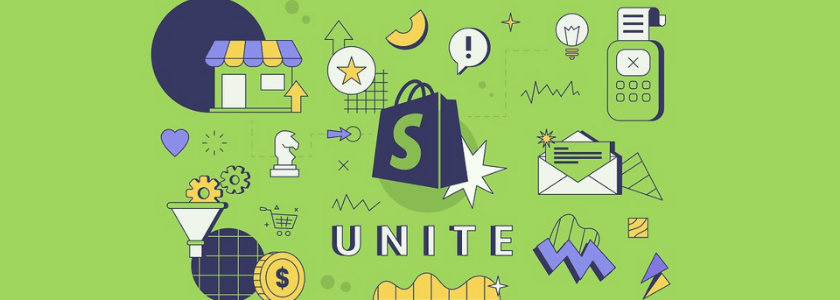
Shopify Unite was one of the most forward-thinking gatherings that wholesalers have ever attended. Shopify introduced a plethora of creative innovations and enhancements to its eCommerce platform's capabilities at its Unite 2021 event.
If you need assistance upgrading your Shopify website to 2.0 standards, why not contact us. Our experts will be pleased to share their opinions and recommendations on how Shopify 2.0 might fit into your expansion goals.
